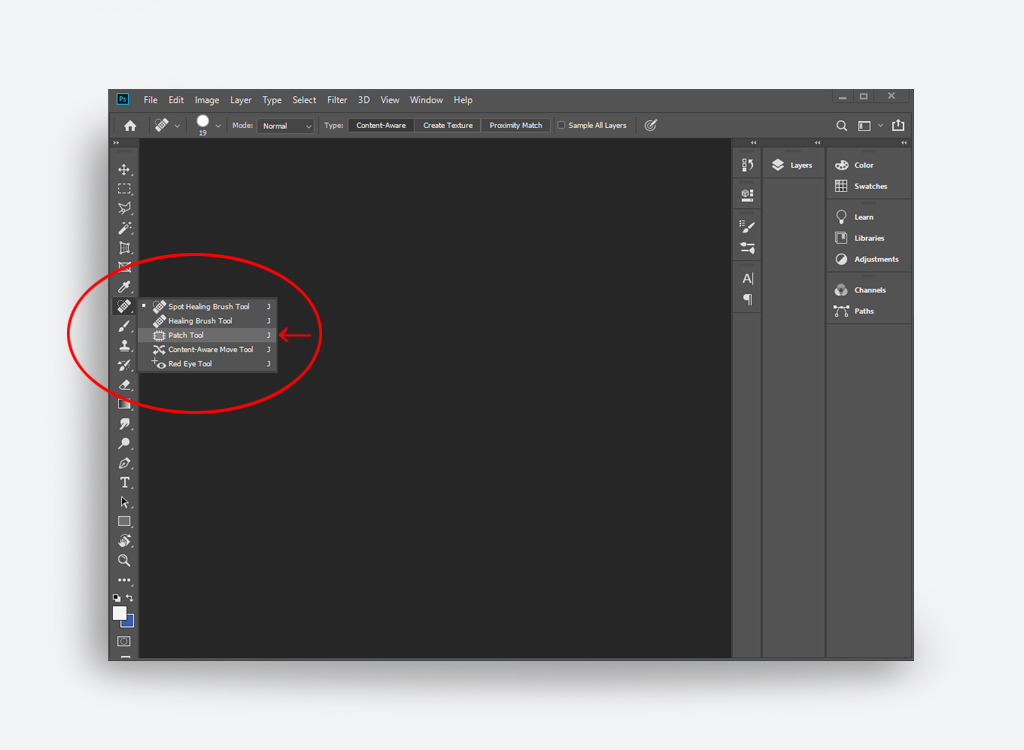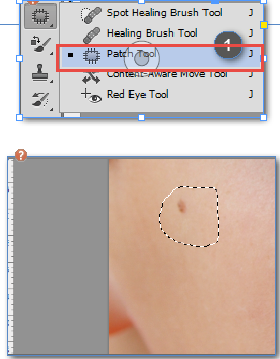
So when sampling, you also sample from the Background layer.įor this example, we will leave the rest of the settings as is.

As we are working on a new pixel layer, it’s essential that the Source is set to Current Layer & Below. Īt the top toolbar you will find the settings for the Patch Tool. At the bottom of the Layers Panel, click on Add Pixel Layer. We want to work non-destructively so we need to create a new layer on top of the image. You may need to click on the little white corner arrow to open the menu. The last tool used from the selection will be visible. The Patch Tool can be found with other repair tools on the left side toolbar. The Target area is where you will be getting the pixels from to cover the selected area. You will be either filling it with pixels from the Target area, or using it as a copy or clone.

The Selection is the area you want to change. In this tutorial we will be talking about the Selection and Target areas. Let’s begin by opening our image in Affinity Photo. You can also replace the sky or remove a background in your image before starting with the Patch Tool. We have tons of beautiful nature photos to choose from if you want to use something else. We will be using a photo of lovely spring flowers. Did you know that you can use the Patch Tool to clone elements of an image? In this tutorial we will also show you how this cool feature works. Many photographers favor the Patch Tool when removing blemishes from portraits. The Patch Tool allows you to select an area of pixels and replace them with a target area.
#PHOTOSHOP NO PATCHTOOL HOW TO#
If you want to know how to use the Patch Tool in Affinity Photo, then we have a great tutorial for you.


 0 kommentar(er)
0 kommentar(er)
